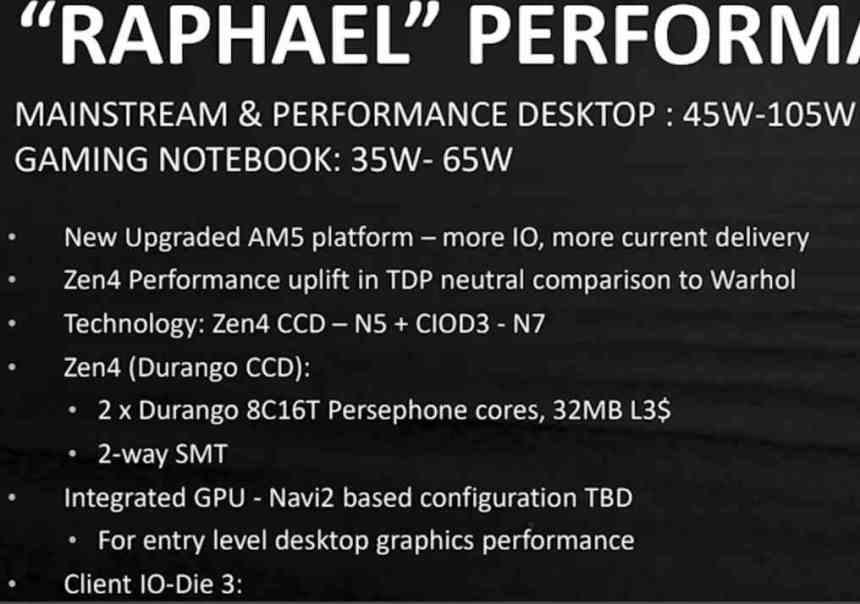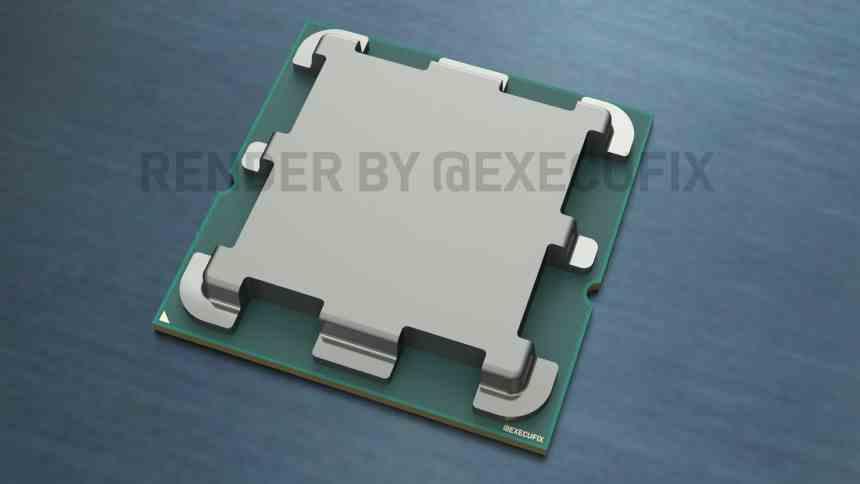
First of all, we must make it clear that we are facing a new series of rumors regarding the next generation of AMD processors; there is no confirmed information and in this case it is not a question of leaks but, as we said, of mere rumors and therefore we must take this information with pizas, since finally only AMD knows how is the current development of the Zen 4 architecture on which its next generation CPUs will be based.
AMD Zen 4 will keep core count … for now
This rumor that reaches us now coincides with the information leaked in the month of March 2020, more than a year ago. One of the slides, the one you can see above, mentioned only two CCD Zen 4 with code name Durango, each of them with 8 cores and 16 processing threads. These new rumors that arrive now coincide as we said with this slide, which gives it greater veracity despite its age.
With the top-of-the-range processor of the generation equipped with a total of 16 cores, we would be facing a situation in which AMD and Intel would coincide in this regard in their top-of-the-range CPU (Alder Lake-S in the case of Intel) and therefore AMD will not take the advantage in terms of core count that was initially attributed to it, but it must also be borne in mind that Intel’s CPU will be hybrid, with 8 high-efficiency cores and other 8 high-performance while Zen 4 will only feature high-performance cores.
The AMD Raphael series will be based on TSMC’s 5nm manufacturing node; the alleged processors AMD Ryzen 6000 Series will be the first to support memory DDR5 RAM and also the first to introduce a new IHS design for the socket based on LGA1718 with code name AM5, which means that for the first time in a very long time, the contact pins will be located in the socket and not in the processor, just like Intel does.
Another recent rumor has also suggested that these AMD processors would increase their TDP up to 170W, so considering that they will use a smaller and more efficient lithography it could mean that, in theory, we may see the largest performance increase in all of AMD’s history.
Previous rumors have also suggested that these AMD Zen 4 processors could see the light of day around Q2 and Q3 2022, suggesting that they will compete directly with Intel’s successor to Alder Lake-S codenamed Raptor Lake. , and it also means that AMD is going to spend more than a year in a state of near complete drought in the realm of desktop CPUs.





